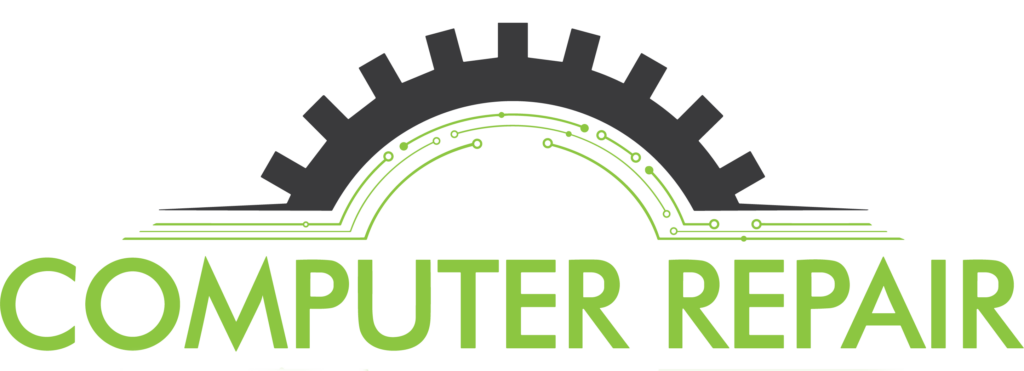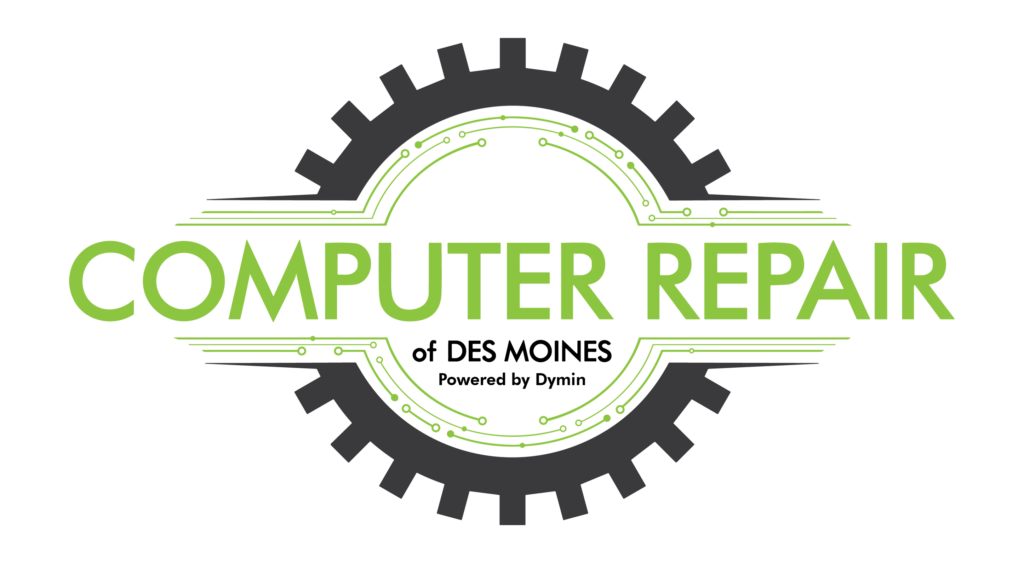Is your computer running slower than a snail on a lazy Sunday? We’ve all been there. A sluggish computer can be incredibly frustrating, whether you’re trying to work, play games, or just browse the web. But don’t worry! With a few tweaks and some regular maintenance, you can breathe new life into your old machine. Here’s a comprehensive guide on how to optimize your slow-performing computer and get it running like new again.

1. Clean Up Your Hard Drive
Over time, your computer accumulates a lot of unnecessary files, which can take up valuable space and slow down your system. Here are some steps to clean up your hard drive:
- Delete Unnecessary Files: Get rid of old files, duplicates, and files you no longer need. Check your Downloads folder and Desktop, as these often become cluttered.
- Uninstall Unused Programs: Remove software that you no longer use. Open the Control Panel, go to Programs and Features, and uninstall any programs that are no longer necessary.
- Use Disk Cleanup: Windows has a built-in tool called Disk Cleanup that helps you delete temporary files, system cache, and other junk files. Simply search for “Disk Cleanup” in the Start menu and follow the prompts.
2. Optimize Startup Programs
Many programs automatically run at startup, which can significantly slow down your computer’s boot time. Here’s how to manage your startup programs:
- Task Manager: Press Ctrl + Shift + Esc to open the Task Manager, then go to the Startup tab. Disable any unnecessary programs that you don’t need to launch automatically.
- MSConfig: Type “msconfig” in the Run dialog box (Windows + R) and navigate to the Startup tab. Here, you can also disable unwanted startup programs.
3. Defragment Your Hard Drive
If you’re using a traditional hard drive (HDD), defragmenting can help optimize your computer’s performance by rearranging fragmented data. Here’s how:
- Windows Defragmenter: Open the Start menu and type “defragment” to access the Defragment and Optimize Drives tool. Select your hard drive and click “Optimize.”
Note: If you have a Solid-State Drive (SSD), you don’t need to defragment it, as this can actually reduce its lifespan.
4. Upgrade Your Hardware
Sometimes, no amount of software tweaks can make up for outdated hardware. Consider these upgrades to boost your computer’s performance:
- Add More RAM: Increasing your computer’s RAM (Random Access Memory) can significantly improve multitasking and overall performance.
- Upgrade to an SSD: Replacing your old HDD with a Solid-State Drive (SSD) can drastically reduce boot times and make your computer feel much faster.
- Upgrade Your CPU: If you’re tech-savvy, consider upgrading your CPU (Central Processing Unit) for better performance. However, this can be more complex and might require professional help.
5. Keep Your System Updated
Regular updates can improve your computer’s performance by fixing bugs and adding new features. Here’s what to do:
- Windows Update: Ensure that your operating system is up to date. Go to Settings > Update & Security > Windows Update and check for updates.
- Software Updates: Make sure all your software, including your web browser and antivirus, are up to date to benefit from performance improvements and security patches.
6. Clean Your Computer Physically
Dust and dirt can accumulate inside your computer, causing it to overheat and slow down. Here’s how to clean it safely:
- Shut Down and Unplug: Before cleaning, make sure your computer is turned off and unplugged.
- Use Compressed Air: Gently blow out dust from the vents, fans, and other components using a can of compressed air.
- Clean the Keyboard and Screen: Use a microfiber cloth to clean your keyboard and screen.
7. Manage Your Browser Extensions
Browser extensions can slow down your web browsing experience. Here’s how to manage them:
- Review and Remove Extensions: Go through your browser extensions and remove any that you don’t use or need.
- Clear Browser Cache: Regularly clear your browser cache and cookies to keep it running smoothly.
8. Run a Virus and Malware Scan
Viruses and malware can significantly impact your computer’s performance. Here’s how to keep your system clean:
- Use Antivirus Software: Ensure you have a reputable antivirus program installed and run regular scans.
- Run Malware Scans: Use additional tools like Malwarebytes to scan for and remove malware.
9. Adjust Visual Effects
Windows offers various visual effects that can look nice but consume valuable system resources. Here’s how to adjust them:
- Performance Options: Right-click on “This PC,” select “Properties,” then “Advanced system settings.” Under the Performance section, click “Settings” and choose “Adjust for best performance” or customize which effects to disable.
10. Reinstall Your Operating System
If all else fails, reinstalling your operating system can give your computer a fresh start. Here’s how:
- Backup Your Data: Make sure to back up all important files to an external drive or cloud storage.
- Reinstall Windows: Use the installation media (USB or DVD) to reinstall Windows. Follow the on-screen instructions and choose the “Custom” installation option to format your hard drive.
Final Thoughts
A slow-performing computer doesn’t have to be a permanent frustration. By following these tips, you can optimize your machine, improve its performance, and extend its lifespan. Regular maintenance, both software and hardware, is key to keeping your computer running smoothly.
Need professional help? Visit Computer Repair of Des Moines for expert assistance with all your computer optimization and repair needs. Our experienced technicians can help you upgrade your hardware, clean up your system, and ensure that your computer is running at its best. Don’t let a slow computer hold you back – take action today and enjoy a faster, more efficient computing experience!


